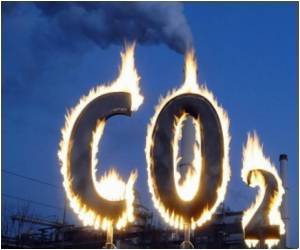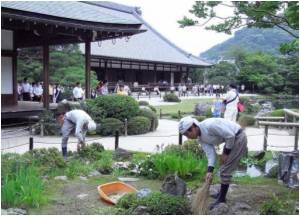With climate change taking its toll on Earth, rock avalanches and landslides have become more common in high mountain ranges over the last decade.

However, the worse part may be to come. Thinning glaciers on volcanoes could destabilize vast chunks of their summit cones, triggering mega-landslides capable of flattening cities such as Seattle and devastating local infrastructure.
To assess the risk, Daniel Tormey of ENTRIX, an environmental consultancy based in Los Angeles, studied a huge landslide that occurred 11,000 years ago on Planchsn-Peteroa.
He focused on this glaciated volcano in Chile because its altitude and latitude make it likely to feel the effects of climate change before others.
"Around one-third of the volcanic cone collapsed," Tormey says. Ten billion cubic metres of rock crashed down the mountain and smothered 370 square kilometres of land, travelling 95 kilometres in total.
Studies have suggested that intense rain cannot provide the lubrication needed for this to happen, so Tormey concludes that glacier melt must have been to blame.
Advertisement
"There are far more human settlements and activities near the slopes of glaciated active volcanoes today than there were 10,000 years ago, so the effects could be catastrophic," New Scientist quoted him as saying.
Advertisement








